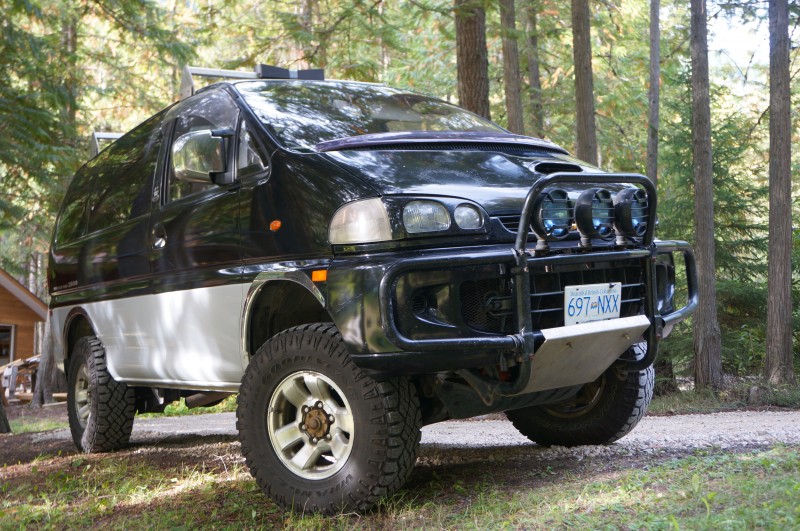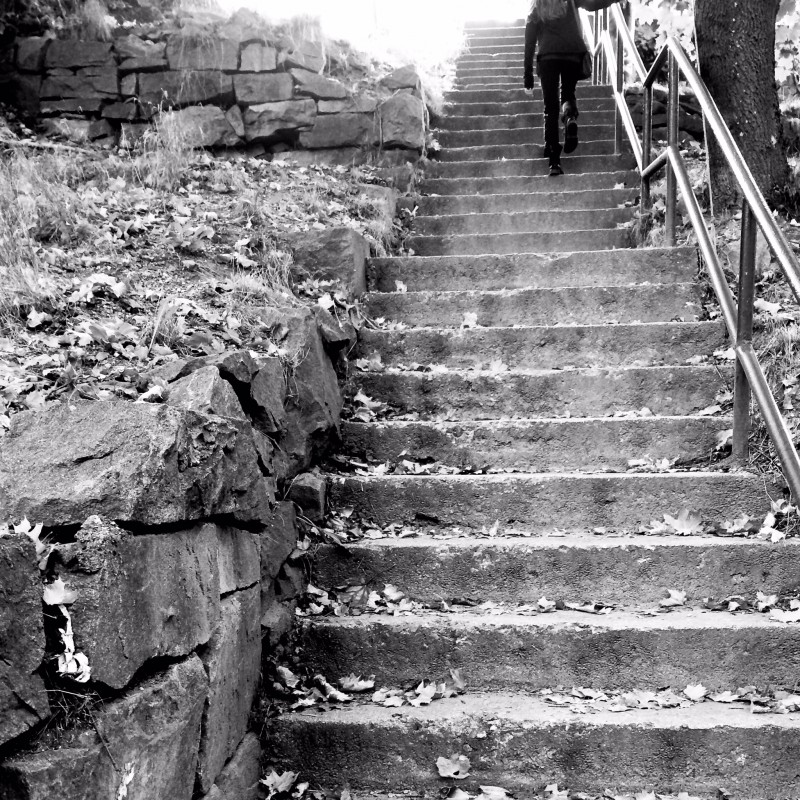Four years ago I joined the board of the Silverton Co-work Society. They were a group working towards the creation of a co-work space in the area, and had just married that idea to another long-term community goal: of a food hub. It was a long, twisty road we trod, but the result is that we are now the Fireweed Hub Society and successfully managed a million dollars in grant money to renovate a heritage building on Main Street, transforming it into and absolutely amazing community resource.
We opened in May 2024 and two months later the area was hit with a massive wildfire event. Our still-wet-behind-the-ears facility became the de facto community hub. Amidst all the evacuations and business closures, we were able to accept donated food, purchase what we could from businesses with excess produce to help feed people in need, rally dozens and dozens of volunteers to do useful things, employ laid-off food workers, feed firefighter and structure protection crews, welcome evacuees and those on alert to hang out, to connect, to eat, to destress, and act as the information hub and meeting space.
It was the ultimate proof of concept: we manage a multi-purpose community space that can quickly adapt to serve almost any need. The emergency situation demonstrated to community members the breadth needs that we can serve: we are not just a pop-up restaurant venue! And we enjoyed a lot of positive press coverage and a huge boost to our reputation throughout the region.
Thank goodness things settled down by mid-August, giving us the chance to better find our feet. The remainder of our inaugural year has included pop-up restaurant and café offerings provided by chefs who rent our space, weekly social / recreational / educational gatherings for community elders, a lot of use by non-profit and other groups for in-person, remote and hybrid meetings, meal preparation for the local food bank, occasional use by value-added food producers, and a steady rota of food-related workshops and cooking bees.
Our Society is comprised a great “working board” of directors and some great staffers; we have fun and enjoy and trust each other. My role is as the lead on the co-working operations, I sit on the fund-raising committee, I manage the website and the technology solutions within the space, and am the communications and publicity person. I also do a lot of volunteer dishwashing and food prep for the programming our society offers.
I probably do 5-10 hours of Fireweed work in a typical week, but some weeks are just an hour or two while others more like half-time or even full-time. It’s gratifying, because we have created a community-informed tangible facility that is unique, and is already serving a range of important roles.












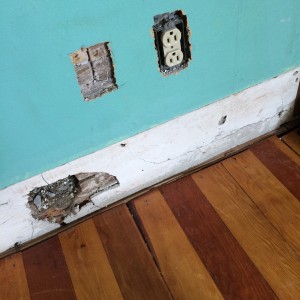
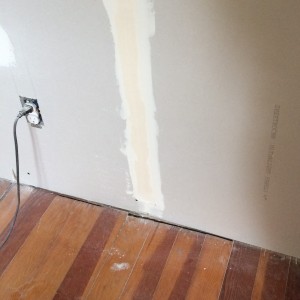
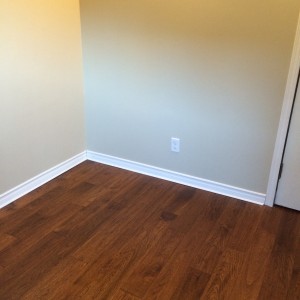
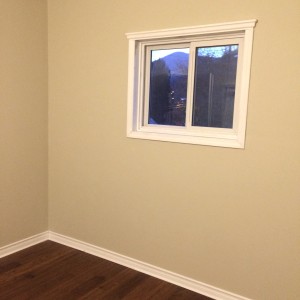










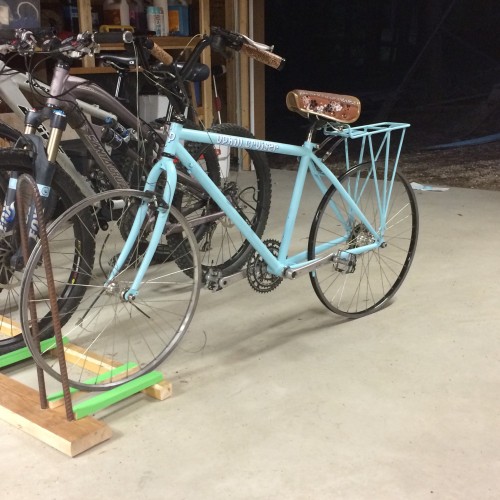



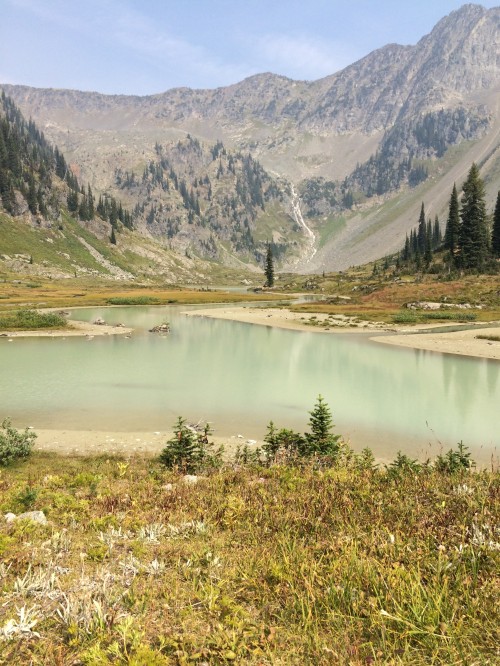











 So we’re a three-L family, and I think we’ll be hard-pressed to share the driving experience out over the holidays. By rights Erin and Noah should already by onto the next stage in the graduating licensing, but it hasn’t happened. I really don’t know what it is about this generation that they don’t relish getting their driver’s licenses the way my generation did. It may be that this is regional, and that in other parts of the country it’s different. But here, there doesn’t seem to be a headlong dash towards learning to drive the instant kids turn 16. A few kids, sure, they’re in a hurry but a lot seem to have no interest. For my kids and the majority of their friends it’s just not a priority.
So we’re a three-L family, and I think we’ll be hard-pressed to share the driving experience out over the holidays. By rights Erin and Noah should already by onto the next stage in the graduating licensing, but it hasn’t happened. I really don’t know what it is about this generation that they don’t relish getting their driver’s licenses the way my generation did. It may be that this is regional, and that in other parts of the country it’s different. But here, there doesn’t seem to be a headlong dash towards learning to drive the instant kids turn 16. A few kids, sure, they’re in a hurry but a lot seem to have no interest. For my kids and the majority of their friends it’s just not a priority.